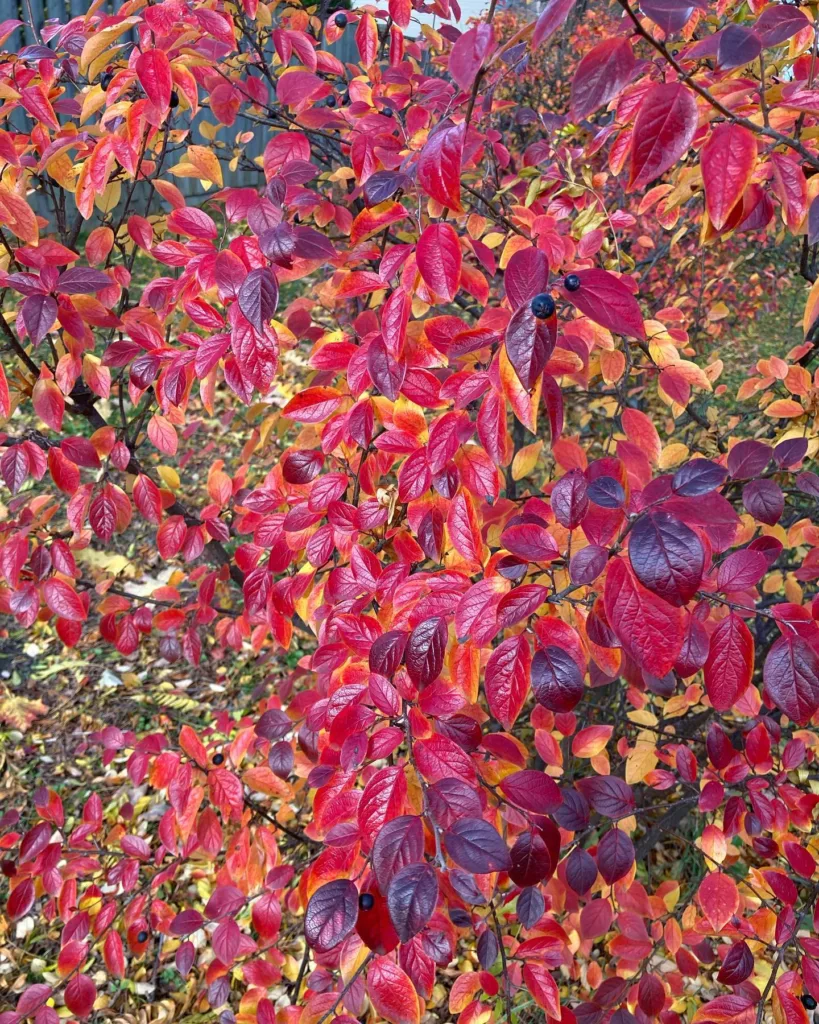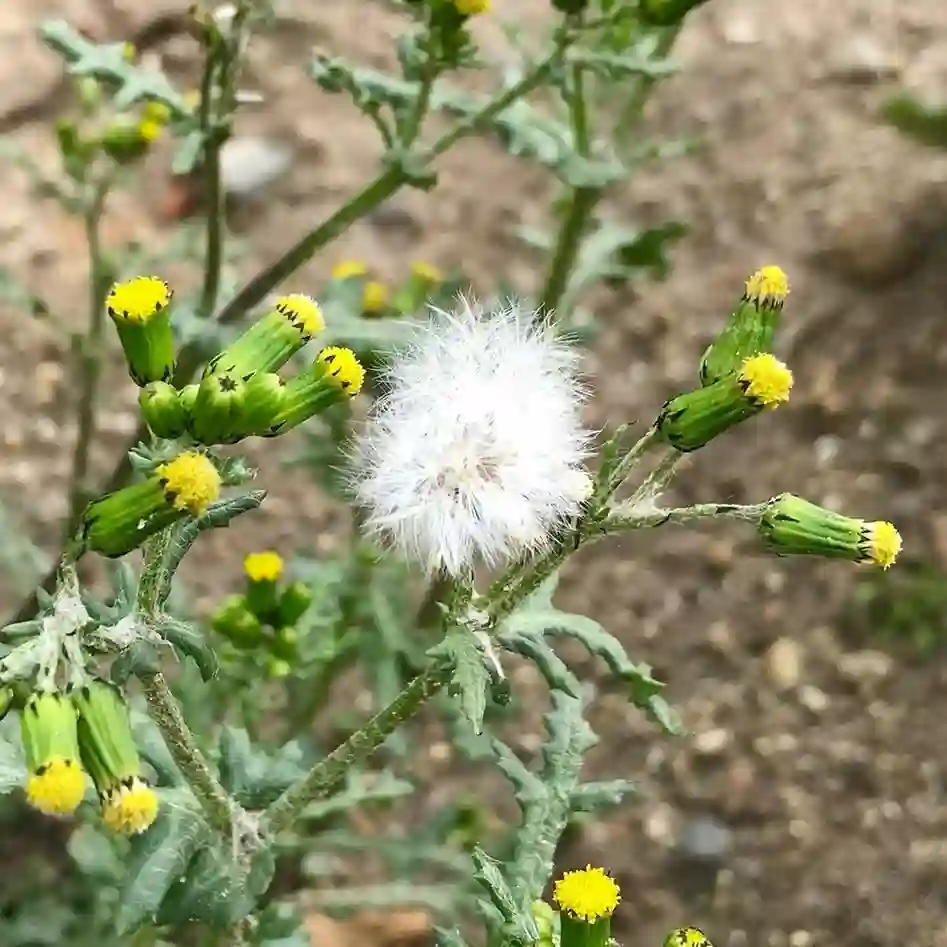Euphorbia Resinifera: A Sculptural Succulent with a Bite
Euphorbia Resinifera, also known as the Resin Spurge or Moroccan Cactus, has become a captivating fixture in my succulent garden. With its architectural form and low-maintenance needs, it’s a plant that rewards neglect with stoic beauty. But beneath its handsome exterior lies a potent surprise – a milky white sap that packs a punch.
This article dives into my experience with Euphorbia Resinifera, exploring its suitability for Texas climates, proper pruning techniques, and the best course of action if you encounter its sap.
2093 Species in Genus Euphorbia
Can Euphorbia Resinifera Thrive in Texas?
As a Texan myself, I understand the constant battle against summer’s scorching heat and the occasional winter freeze. Thankfully, Euphorbia Resinifera exhibits surprising resilience in our diverse climate.
Here’s the good news: Euphorbia Resinifera flourishes in full sun, a characteristic trait shared by most Texas summers. It also tolerates well-drained, alkaline soils, which are prevalent in certain regions of the state.
However, caution is necessary during harsh winters. While the plant can withstand short periods of frost, prolonged freezes can damage its structure. If you live in an area prone to freezing temperatures, consider planting Euphorbia Resinifera in a container that can be brought indoors during winter.
Euphorbia Resinifera Care: A Hands-Off Approach
The beauty of Euphorbia Resinifera lies in its minimal care requirements. Here’s what I’ve found works best:
- Watering: This succulent thrives on neglect when it comes to watering. During the summer months, a thorough soaking every two to three weeks is sufficient. In winter, water even less frequently, allowing the soil to dry completely between waterings.
- Soil: Ensure well-draining soil to prevent root rot. A cactus mix or a DIY blend with perlite and sand works wonders.
- Fertilizer: Euphorbia Resinifera isn’t a heavy feeder. A diluted application of succulent fertilizer once a year during spring is more than enough.
How to Prune Euphorbia Resinifera?
Euphorbia Resinifera grows slowly, forming a dense, cushion-shaped clump over time. While pruning isn’t necessary for its health, it can be done to maintain its desired shape or control leggy growth.
Here’s a crucial point to remember – Euphorbia Resinifera, like all Euphorbias, exudes a white, milky sap when cut. This sap is a potent irritant, so wear gloves and eye protection when pruning.
- Pruning Tools: Use sharp, sterilized pruning shears to make clean cuts.
- Pruning Technique: Make precise cuts on healthy stems, ensuring a clean separation. Avoid hacking or tearing the plant, as this can lead to excessive sap production.
- Sap Removal: If you come into contact with the sap, flush the affected area immediately with clean water for at least 15 minutes. If irritation persists, consult a medical professional.
How to Remedy Sap Exposure?
Despite precautions, accidental contact with Euphorbia Resinifera sap can happen. Here’s what to do if you encounter this sticky situation:
- Immediate Action: Time is of the essence. Wash the affected area thoroughly with clean, cool water and mild soap for at least 15 minutes.
- Soothing the Irritation: The sap can cause burning, redness, and swelling. Apply a cool compress to the affected area to reduce inflammation. Aloe vera gel can also provide some relief.
- Seek Medical Attention: If the irritation is severe or persists, or if you accidentally ingest the sap, consult a doctor or poison control center immediately.
Euphorbia Resinifera: A Sculptural Beauty with a Warning
Euphorbia Resinifera is a unique succulent that adds a touch of sculptural elegance to any garden. Its low-maintenance nature and tolerance for Texas summers make it a compelling choice for plant enthusiasts. However, remember to handle it with care due to its irritating sap. With proper precautions and knowledge, this spiky wonder can become a thriving addition to your collection.
If i die, water my plants!



